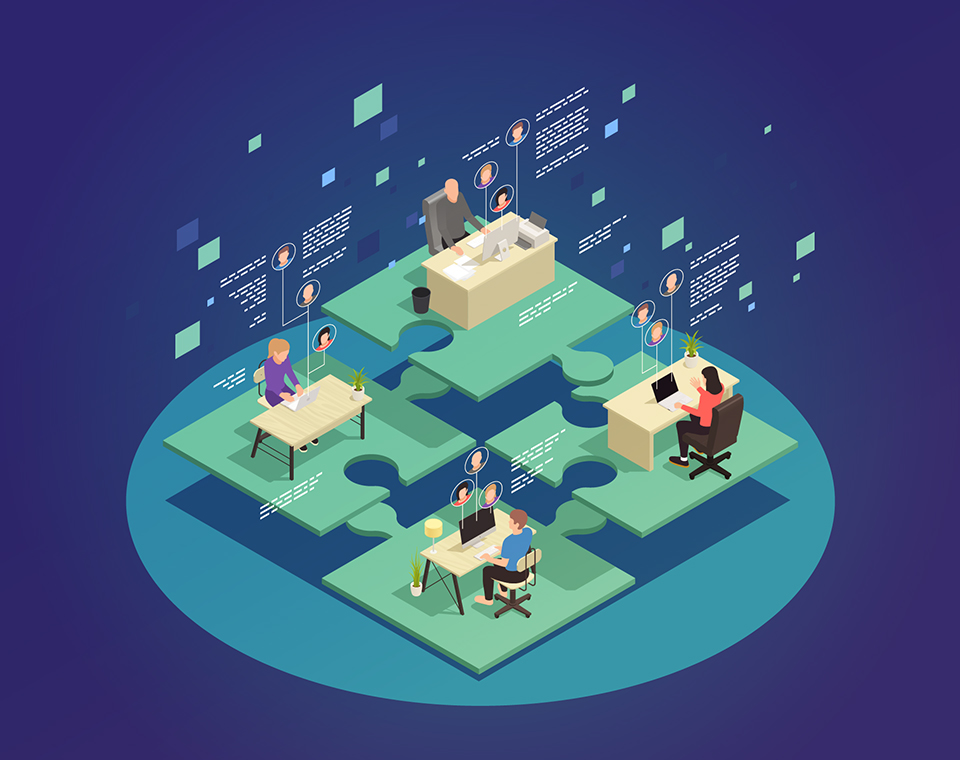Throughout the year 2020, almost every team was trying to figure out the concept of remote work; like how to do it efficiently, the challenges it came with, and if it was meant for them or not.
But 2021 has brought in a new and refined system for this, which is called the hybrid system.
What do we understand by Hybrid System?
A hybrid system contains a structure in which work is divided into two categories- remote and in-person. The remote component is the employees who ‘work from home’ and in-person are the employees who are physically present in their organization.
As the organization still requires some employees working at the site to function properly and cannot call all employees due to the current pandemic situation. Working remotely gives employees a self-satisfaction towards their job which as it offers the flexibility to work in terms of hours, place, etc. For every organization, it’s important to know what their employees actually need and to make them satisfied with their job.
The people who have been working remotely due to the covid-19 pandemic want to continue doing so and the organizations can’t claim that the productivity is decreasing. Moreover, it even saves the organization money in letting people work remotely. So, it’s tough to say no to such a win-win situation.
Even though there are no specifics to this hybrid system, many organizations are incorporating it. The variable number of in-person and remote workers varies from place to place. Hybrid working is making communication and connection with employees even stronger than working from the office.
Even though in its initial phase hybrid system has a lot of potential for the future, however, every change comes with its own challenges, it’s not impossible to overcome them.
And as we can see the work is shifting to a new method i.e., to be done remotely so we can see how smoothly it’s going throughout. Even more, it’s making the mode of working easier for employees and at smartData we can see how this Hybrid working is coming out with positive outcomes by balancing both the work-life and personal life of employees.
Thus, we can say that the future of employees and organizations will be more flexible with more self-satisfaction.








